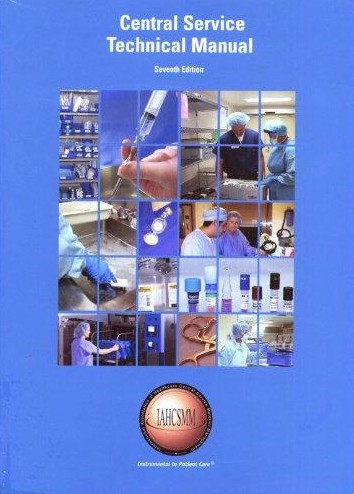Thermal Disinfection
The use of heat to kill all microorganisms, except spores
Cationic
Compounds that contain a positive electrical charge. They exhibit germicidal properties.
Disinfectant
A chemical which kills most pathogenic organisms, but does not kill spores.
Antiseptic
A solution which inhibits the growth of bacteria. It is usually used topically and only on animate objects.
Shelf Life
The length of time a disinfectant can be properly stored after which it must be discarded.
Anionic
Compounds that have a negative electrical charge. They form a large group of synthetic detergents.
Disinfection
The destruction of nearly all pathogenic microorganisms on an inanimate surface.
Bactericidal
Relating to the destruction of bacteria
Use Life
The length of time (or number of uses) after which the efficiency of a disinfectant is diminished.
Sterilization
A process by which all forms of microbial life are destroyed.
Critical items
Items that are introduced directly into the bloodstream or other normally sterile areas of the body are classified as:
Halogens
Iodophors are a member of this chemical family:
Intermediate to low level disinfectants
Phenolics are classified as:
Heated water
Thermal disinfection is accomplished using:
5 minutes
How long must alcohol remain in wet contact with an item to achieve a reasonable level of disinfection?
OPA
Which of the following would be the best choice for high level disinfection of instruments?
Halogens
Are intermediate-level disinfectants that have similar elements possessing some unique properties.
Glutaraldehyde
A high-level disinfectant used for semi-critical devices such as endoscopes and ultrasonic probes used in radiology
OPA
Relatively new high-level disinfectant that provides a fast and effective way to disinfect a wide range of instruments and endoscopes.
High level disinfection
Process that utilizes a sterilant for a shorter contact time than that used for sterilization, and that kills all microbial organisms but not necessarily large numbers of bacterial spores.
Intermediate level disinfection
Process that utilizes an agent that kills viruses, mycobacteria, fungi,and vegetative bacteria, but not bacterial spores.
Low level disinfection
Process that utilizes an agent that kills vegetative forms of bacteria, some fungi, and lipid viruses.
Quaternary Ammonium Compounds
This low-level disinfectant is often used in environment sanitation such as floors, walls, and furniture .
Alcohol
This common disinfectant has been in use for several years. It is often used to disinfectant equipment.
False
Items need to be cleaned before they are sterilized, but they do not need to be cleaned before they are disinfected.
True
When liquid chemicals are labeled as both a high-level disinfectant and a sterilant, the time required to achieve sterilization is longer than the time required to achieve high-level disinfection.
False
Mechanical washers and washer-decontaminators are regulated by the CDC.
False
All liquid disinfectants are capable of sterilization if their exposure time is increased.
True
Log books should be maintained when using Glutaraldehyde and OPA
